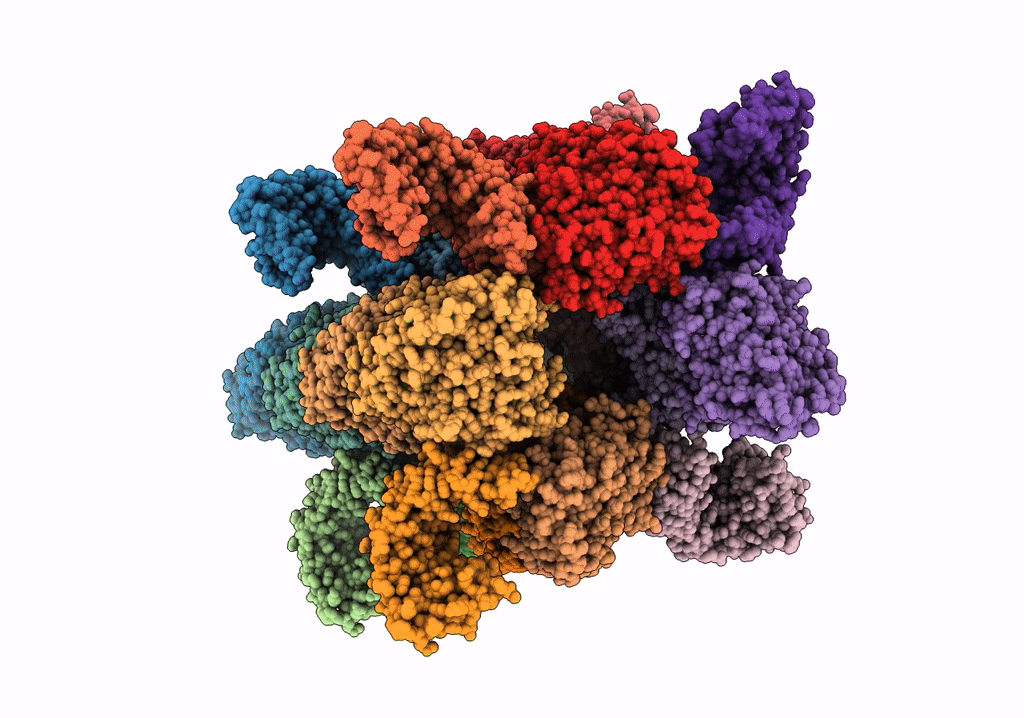
Deposition Date
2017-05-16
Release Date
2017-07-19
Last Version Date
2024-05-15
Entry Detail
Biological Source:
Source Organism:
Prosthecobacter dejongeii (Taxon ID: 48465)
Prosthecobacter vanneervenii (Taxon ID: 48466)
Prosthecobacter vanneervenii (Taxon ID: 48466)
Host Organism:
Method Details:
Experimental Method:
Resolution:
3.60 Å
Aggregation State:
HELICAL ARRAY
Reconstruction Method:
HELICAL


